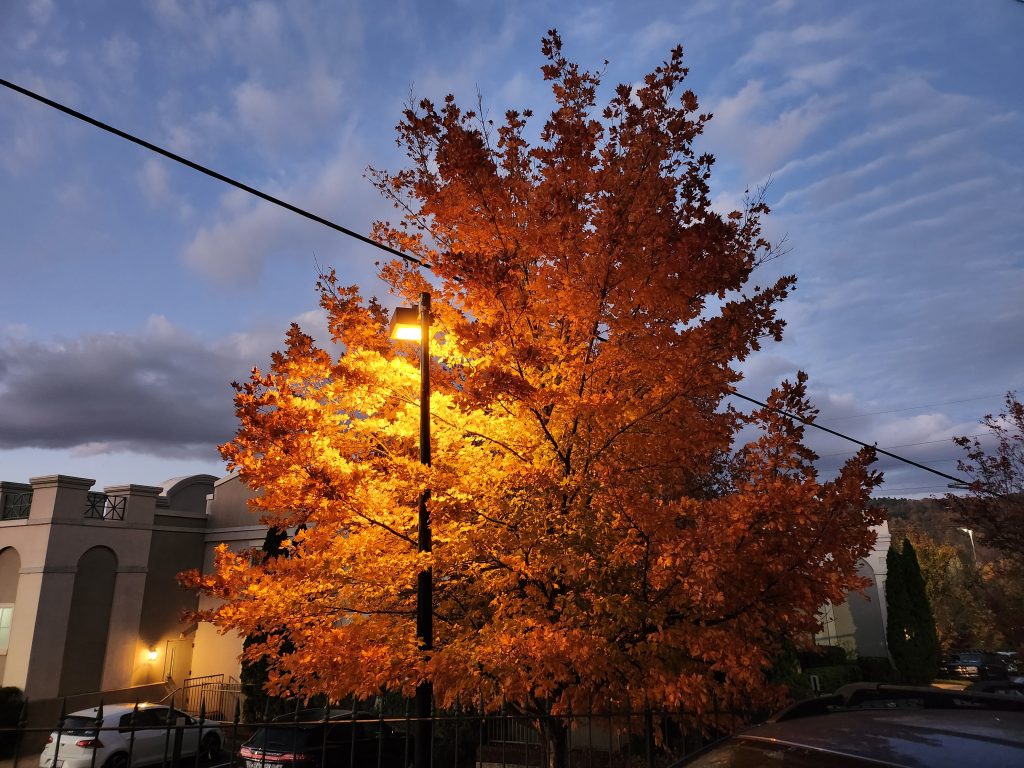Autumn is a season renowned for its breathtaking display of vibrant colors as tree leaves transition from lush greens to stunning shades of gold, red, and orange. But have you ever wondered about the science behind this mesmerizing transformation? In this article, we will explore the role of pigments in autumn leaf color change, the environmental factors that influence this phenomenon, and the fascinating physiology and biology behind the creation of autumn’s brilliant colors.
The Role of Pigments in Autumn Leaf Color Change
To understand the science behind autumn’s spectacular leaf color transformation, we must first delve into the role of pigments. Chlorophyll, the primary pigment responsible for the green color of leaves during spring and summer, is essential for photosynthesis, the process by which plants convert sunlight into energy. However, when days become shorter and temperatures drop in the autumn, trees begin to prepare for the winter months by breaking down and reabsorbing nutrients from their leaves. As chlorophyll production ceases, other pigments hidden within the leaves, such as carotenoids and anthocyanins, become more prominent, resulting in the vibrant fall foliage we all admire.
Environmental Factors Influencing Fall Foliage Transformation
While pigments play a crucial role in autumn leaf color change, environmental factors also contribute significantly to the stunning transformation. The most influential factor is the length and intensity of daylight. As days shorten, the reduced sunlight triggers a biochemical signal that initiates the breakdown of chlorophyll and the subsequent exposure of other pigments within the leaves. Temperature also plays a vital role in the timing and intensity of fall foliage. Cool but not freezing temperatures tend to result in the most brilliant autumn colors. Additionally, factors such as soil moisture, nutrient availability, and even genetic variations between tree species can influence the intensity and duration of the color display.
The Physiology and Biology Behind Autumn’s Brilliant Colors
The creation of autumn’s brilliant colors involves an intricate combination of physiological and biological processes within trees. As chlorophyll breaks down, carotenoids, which produce yellow and orange colors, become more visible. These pigments exist in the leaves throughout the year but are hidden by the dominant green of chlorophyll during the warmer months. On the other hand, anthocyanins, responsible for the vibrant reds and purples, are produced in response to environmental stressors, such as excess sunlight and cold temperatures. The production of anthocyanins varies between tree species, leading to the diverse range of autumn hues. The breakdown of sugars trapped within the leaves also contributes to the production of anthocyanins, enhancing their intensity.
As autumn unfolds, the dazzling display of colorful foliage serves as a reminder of the intricate workings of nature. The science behind autumn’s spectacular leaf color transformation is a testament to the interplay between pigments, environmental factors, and the physiological and biological processes within trees. So, the next time you find yourself surrounded by the breathtaking colors of autumn, take a moment to appreciate the remarkable science at work, creating nature’s own masterpiece.


Leave a Reply